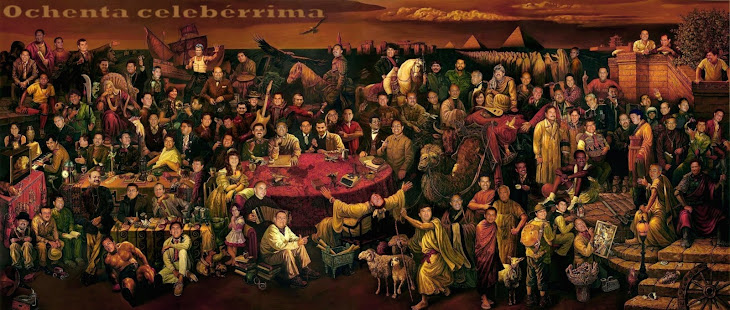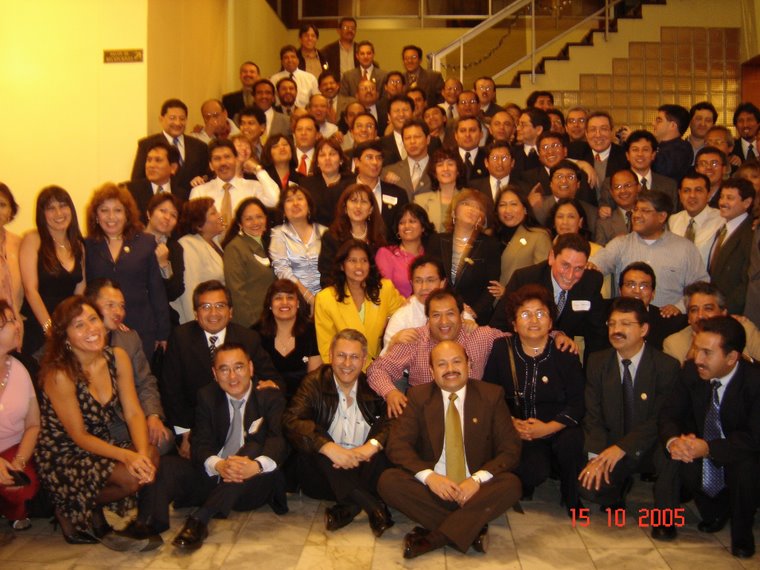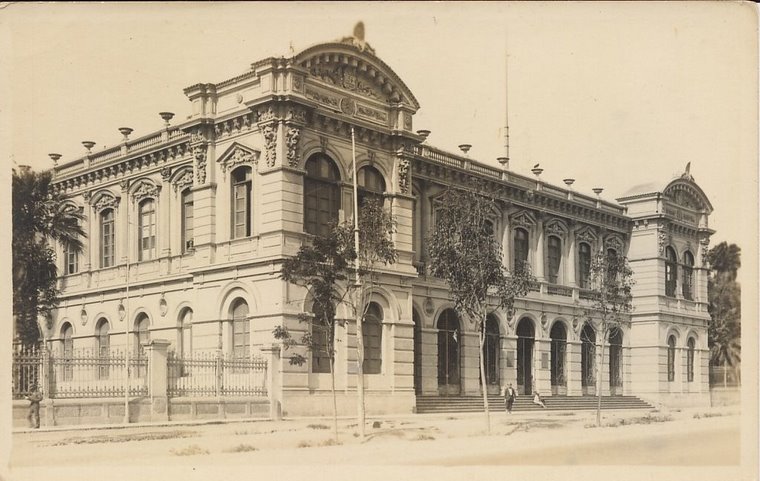ÁMAZ
Avenida La Paz 1079, Miraflores; (51-1) 221-9393. The average price for a dinner for two, not including drinks and tip, is 180 nuevo soles, or $73 at 2.46 soles to the dollar.
Ámaz in Lima, Peru
Restaurant Report
With all of the attention paid to Peruvian food in recent years, the cuisine of the Amazon has been all but ignored. Pedro Miguel Schiaffino is a rare exception. At his Lima restaurant Malabar he uses ingredients from the Peruvian Amazon, the country’s largest and least populated region, and he has spent a decade developing a relationship with producers there. The result is Ámaz, opened last June in a high-profile location in trendy Miraflores and the capital’s first serious Amazonian restaurant.
“The Peruvian Amazon cooking repertoire we know is very limited, only about 20 dishes, many of which are similar and share the same ingredients,” Mr. Schiaffino said. “To show the vast Amazon pantry we had to build our own collection where we utilize the ingredients in a creative manner and are inspired by neighboring Amazonian cuisines.”
Our waiter, accustomed to confused patrons — “This may as well be Burmese, because I don’t know what half of these dishes are,” said a dining companion and Lima resident — recommended sharing dishes to sample a little of everything. Some plates, like palm heart (Palmito) salad and sacha chaufa, an Amazonian version of Chinese-Peruvian fried rice, were more accessible than others. Churos pishpirones, a starter, featured long-cooked giant Amazonian snails, collected by an indigenous community near Iquitos, served in their shells with a slightly spicy sauce and tapioca pearls.
For other preparations, challenges remain. “We use corvina because I have still not found a good river fish to eat raw,” said Mr. Schiaffino about his tiradito, a thinly sliced cousin to ceviche that is a standard Peruvian dish. It is, though, given an Amazonian flair with the juice of the cashew fruit, cashew nut oil, banana vinegar, river shrimp broth and star fruit.
Other dishes reveal the years of painstaking research Mr. Schiaffino spent exploring the region. While patarashcas, in which dishes are cooked inside a bijao leaf, are quite common throughout the Peruvian Amazon, pacamoto, an indigenous preparation that uses bamboo as a cooking conveyance, is unheard of outside of a few remote villages. The chef uses both techniques.
“The purpose is to show the richness of the Amazon, its cuisine and culture,” Mr. Schiaffino said. “It sounds simple, but it is hard work.”
NICHOLAS GILL













No hay comentarios.:
Publicar un comentario